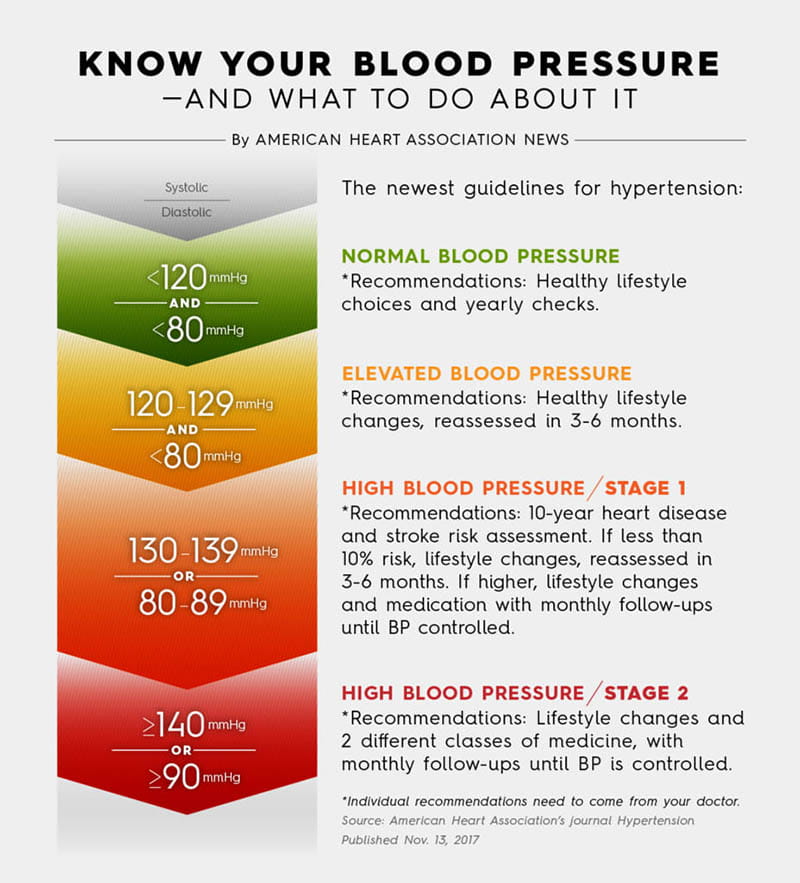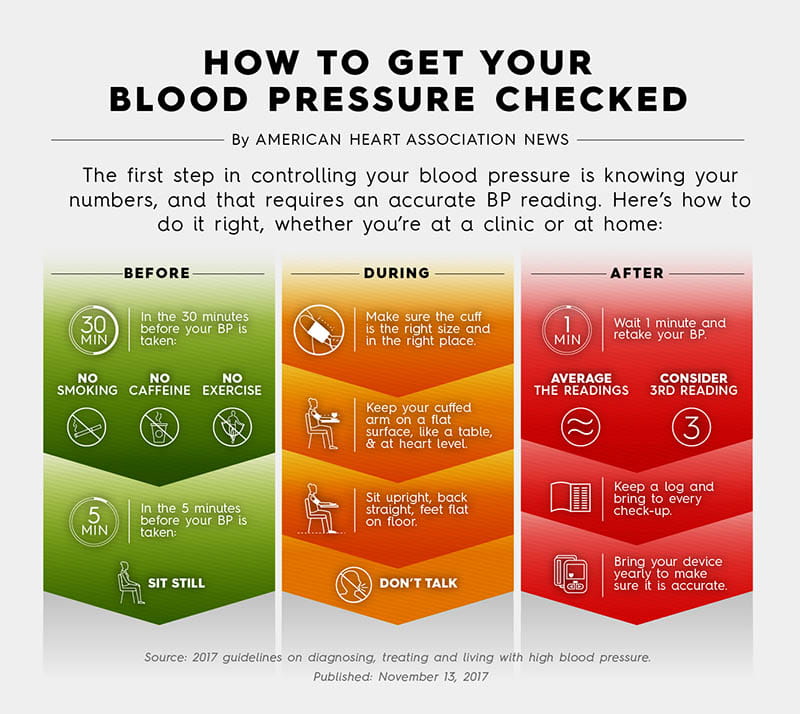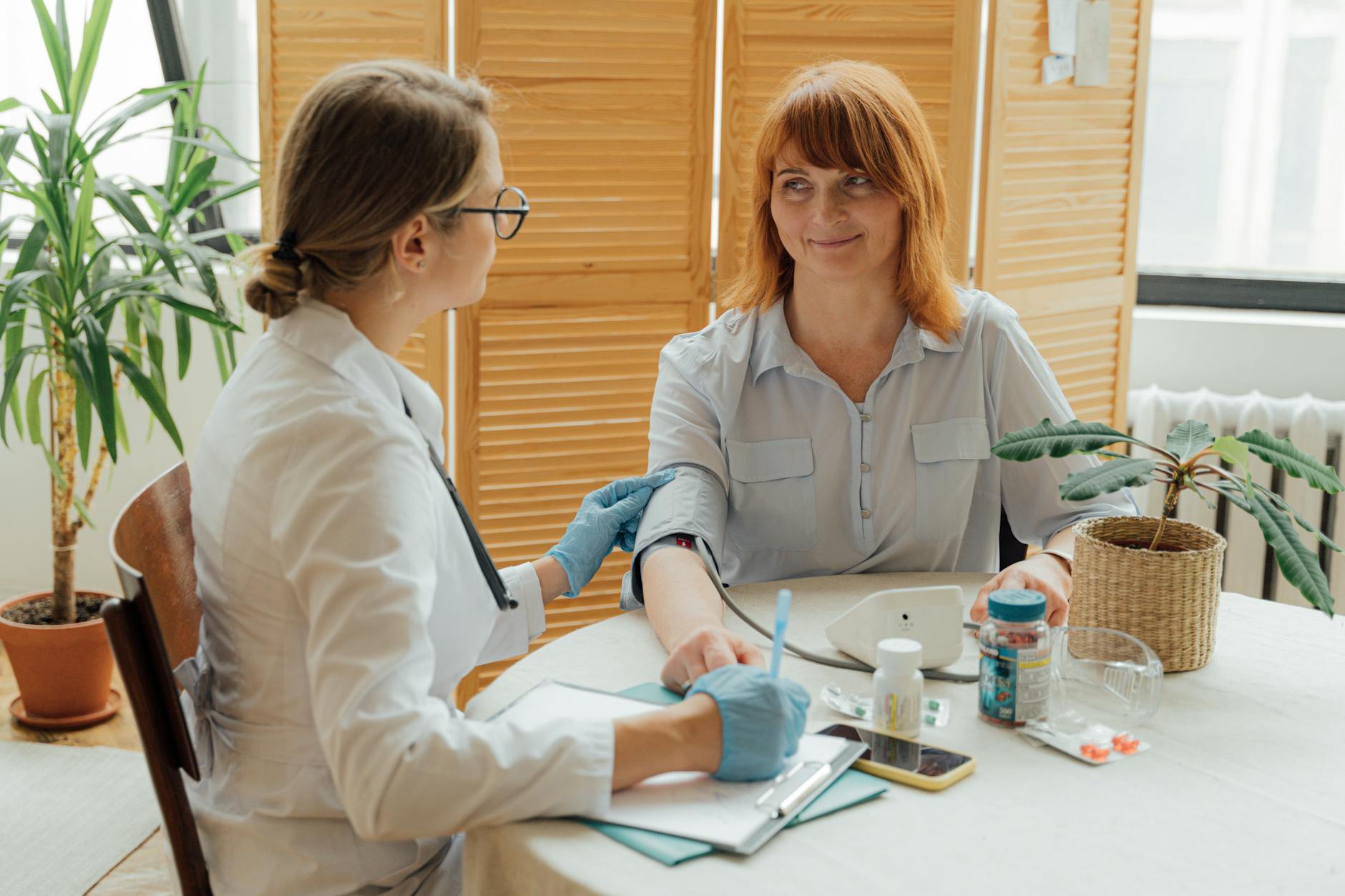Discover how to naturally boost your blood pressure and increase energy levels with these simple yet effective tips and tricks.
Table of Contents
- Introduction to Low Blood Pressure
- What Is Blood Pressure?
- Understanding Low Blood Pressure
- Magnesium: A Super Mineral
- Omega 3: Good Fats for Healthy Blood Flow
- The Sunshine Vitamin: Vitamin D
- Staying Active to Beat Low Blood Pressure
- Eating Right to Keep Blood Pressure in Check
- Hypertension vs. Low Blood Pressure
- When to See a Doctor
- Conclusion
- FAQs About Low Blood Pressure
Introduction to Low Blood Pressure
We’re going to learn about what low blood pressure means and how it is different from high blood pressure.
When we talk about blood pressure, we are referring to the force of blood pushing against the walls of our blood vessels. This pressure is essential because it helps transport oxygen and nutrients to all parts of our body, keeping us healthy and strong.
However, sometimes this pressure can be too low, which can lead to a condition called low blood pressure. Low blood pressure, also known as hypotension, can cause dizziness, fainting, and other health issues if not properly managed.
So, let’s dive into the world of low blood pressure and explore how we can keep it in check to stay healthy and full of energy!
What Is Blood Pressure?
Before we dive into how to beat low blood pressure, let’s first understand what blood pressure actually is. Blood pressure is the force that your heart generates as it pumps blood around your body. It’s like the pressure you feel when you blow up a balloon – the harder you push, the higher the pressure inside the balloon.
Having the right blood pressure is essential for our bodies to work properly. It helps carry oxygen and nutrients to all parts of our body, keeping us healthy and strong.
How Is Blood Pressure Measured?
When you go for a check-up at the doctor’s office, they might use a special cuff around your arm to measure your blood pressure. The doctor will use a stethoscope to listen for your heartbeat and then check the numbers on the machine.
There are two numbers that make up your blood pressure reading – the top number is called systolic pressure, and the bottom number is diastolic pressure. These numbers tell the doctor how hard your heart is working to pump blood through your body. A normal blood pressure reading for kids is usually around 90/60 to 120/80.
Understanding Low Blood Pressure
Low blood pressure, also known as hypotension, happens when the pressure of blood flowing through your arteries is lower than normal. This condition can sometimes cause dizziness, fainting, or tiredness. Unlike high blood pressure, low blood pressure is not as common. Let’s learn more about it.

Image courtesy of www.heart.org via Google Images
Symptoms of Low Blood Pressure
There are a few signs that can tell you if your blood pressure is on the lower side. You might feel lightheaded, especially when you stand up quickly. Some people might feel dizzy or faint. Feeling tired or weak are also common symptoms of low blood pressure. If you ever feel these things, it’s essential to rest and maybe grab a snack or drink some water to help raise your blood pressure.
Magnesium: A Super Mineral
Let’s talk about magnesium, a super mineral that plays a crucial role in keeping our blood pressure in check. But what exactly makes magnesium so special?
How Magnesium Helps Our Body
Magnesium is like a superhero that swoops in to regulate our blood pressure levels. It helps our blood vessels relax and dilate, making it easier for blood to flow through them. When our blood vessels are calm and relaxed, our blood pressure stays at a healthy level.
Not only does magnesium support our blood pressure, but it also helps with muscle and nerve function, keeps our bones strong, and boosts our immune system. It’s like a multi-tasking hero inside our bodies!
Omega 3: Good Fats for Healthy Blood Flow
Omega 3 is a type of fat that is incredibly good for our bodies, especially when it comes to keeping our blood flowing smoothly and our hearts healthy. Even though the word “fat” might sound negative, omega 3 is actually a really important and beneficial nutrient that we need in our diets.

Image courtesy of www.istockphoto.com via Google Images
Foods Rich in Omega 3
There are plenty of delicious foods that are rich in omega 3 fats. For example, fish like salmon, mackerel, and sardines are excellent sources of this healthy fat. If you’re not a fan of fish, don’t worry, you can also get omega 3 from nuts and seeds like walnuts and flaxseeds. You can even find omega 3 in eggs and certain types of oils like flaxseed oil and canola oil.
The Sunshine Vitamin: Vitamin D
Did you know that there’s a special vitamin that can help keep your blood pressure in check? It’s called Vitamin D, and it’s often referred to as the sunshine vitamin because our bodies can make it when our skin is exposed to sunlight.
Getting Enough Vitamin D
Getting enough Vitamin D is super important for our overall health, including our blood pressure. So, how can we make sure we’re getting plenty of this vital vitamin?
One easy way to get Vitamin D is by spending time outside in the sunlight. When the sun shines on our skin, our bodies start making Vitamin D. Just 10 to 30 minutes of sun exposure a few times a week can give us a good dose of this essential nutrient.
But what if the weather isn’t so sunny, or we can’t spend much time outdoors? Don’t worry! You can also get Vitamin D from certain foods like oily fish (salmon, mackerel, sardines), eggs, and fortified milk and cereal. Including these foods in your diet can help ensure you’re getting enough Vitamin D to keep your blood pressure in check.
Staying Active to Beat Low Blood Pressure
When it comes to keeping your blood pressure in check, staying active plays a vital role. Regular physical activity can help maintain normal blood pressure levels and keep your heart strong.

Image courtesy of www.reddit.com via Google Images
Exercise helps to improve the efficiency of your heart, making it stronger and allowing it to pump blood more effectively throughout your body. This increased efficiency can help prevent your blood pressure from dropping too low.
Eating Right to Keep Blood Pressure in Check
When it comes to keeping your blood pressure in check, what you eat plays a big role in maintaining a healthy level. By making smart food choices, you can help regulate your blood pressure and keep your heart happy.
Foods to Avoid
Some foods can cause your blood pressure to spike, which is not good for your health. Foods high in salt, like potato chips, processed foods, and fast food, can make your blood pressure go up. Sugary drinks like soda and energy drinks can also affect your blood pressure negatively. It’s best to limit these foods and choose healthier options instead.
| Tips & Tricks | Description |
|---|---|
| Stay hydrated | Drink plenty of water to help maintain healthy blood pressure levels |
| Eat smaller, more frequent meals | Avoid large or heavy meals which can cause a drop in blood pressure |
| Avoid alcohol | Alcohol can cause dehydration and lower blood pressure, so drink in moderation |
| Get regular exercise | Physical activity can help improve circulation and regulate blood pressure |
| Monitor your salt intake | Too much salt can contribute to high blood pressure, so be mindful of your sodium intake |
| Reduce stress | Stress can cause spikes or drops in blood pressure, practice relaxation techniques to manage stress levels |
Instead of reaching for unhealthy snacks, try snacking on fruits like apples and bananas, or veggies like carrots and cucumbers. These snacks are not only delicious but also help keep your blood pressure in check.
Remember, eating a balanced diet with plenty of fruits, vegetables, whole grains, and lean proteins is key to maintaining a healthy blood pressure. By making small changes to your diet, you can help keep your blood pressure at a level that’s just right!
Hypertension vs. Low Blood Pressure
When we talk about blood pressure, there are two main categories: hypertension and low blood pressure. Let’s take a look at how they are different from each other.

Image courtesy of www.heart.org via Google Images
High Blood Pressure: Hypertension
Hypertension, also known as high blood pressure, happens when the force of blood against the walls of the arteries is too high. This can lead to serious health problems if not controlled. People with hypertension need to manage their blood pressure carefully to avoid complications like heart disease and stroke.
Low Blood Pressure: Hypotension
On the other hand, low blood pressure, or hypotension, occurs when the force of blood against the artery walls is too low. While often not as concerning as hypertension, low blood pressure can cause symptoms like dizziness, fainting, and fatigue. It’s important to be aware of these signs and seek medical attention if necessary.
So, while high blood pressure and low blood pressure might seem like opposites, both require attention to keep our bodies healthy and functioning properly.
When to See a Doctor
Having low blood pressure can sometimes cause problems that need to be addressed by a doctor. Here are some signs that you should seek medical help:
Feeling Dizzy or Lightheaded Often
If you frequently feel dizzy or lightheaded, especially when standing up from a sitting or lying position, it could be a sign of low blood pressure. This symptom should not be ignored and you should tell a grown-up so they can help you get the right medical attention.
Chest Pain or Shortness of Breath
If you have chest pain or difficulty breathing, it could be a sign that your low blood pressure is causing problems with your heart. These are serious symptoms that need immediate medical attention, so don’t wait to tell an adult if you experience them.
Fainting Episodes
If you faint or pass out suddenly, it could be a sign of dangerously low blood pressure. You should see a doctor to find out what is causing this and how to prevent it from happening again.
Remember, if you ever feel unwell or notice any unusual symptoms related to your blood pressure, it’s important to talk to a doctor as soon as possible. They can help figure out what’s going on and provide the right treatment to keep you healthy and safe.
Conclusion
So, to recap, we’ve learned a lot about low blood pressure and how important it is to keep it in check. From understanding what blood pressure is and how it’s measured, to recognizing the symptoms of low blood pressure, we now have a better grasp on this vital aspect of our health.

Image courtesy of www.nhlbi.nih.gov via Google Images
We also delved into the benefits of magnesium, omega 3, and Vitamin D in maintaining healthy blood pressure levels. By including foods rich in these nutrients in our diet and staying active, we can make significant strides in improving our cardiovascular health.
Remember, making smart choices in our everyday lives, from what we eat to how active we are, can go a long way in preventing low blood pressure and its potential negative impacts. And if ever in doubt, always consult a doctor to ensure we’re on the right track.
By taking these tips and tricks to heart, we can beat low blood pressure and live our best, healthiest lives possible. Here’s to a happy and healthy heart!
FAQs About Low Blood Pressure
What Causes Low Blood Pressure?
Low blood pressure can be caused by various factors such as dehydration, heart problems, nutritional deficiencies, or certain medications. Sometimes, it can be genetic as well.
Is Low Blood Pressure Dangerous?
While low blood pressure is not always a cause for concern, it can lead to dizziness, fainting, and fatigue in some cases. It’s essential to monitor your blood pressure regularly and consult a doctor if you experience symptoms.
Can Kids Have Low Blood Pressure?
Yes, kids can have low blood pressure too. If you’re feeling lightheaded, weak, or dizzy, it’s a good idea to tell an adult and get your blood pressure checked by a doctor.
How Is Low Blood Pressure Treated?
Treatment for low blood pressure depends on the underlying cause. In some cases, simple lifestyle changes like staying hydrated, eating a balanced diet, and avoiding certain medications can help manage low blood pressure.
Can Exercise Help Improve Low Blood Pressure?
Yes, regular exercise can help improve low blood pressure by strengthening the heart and improving blood flow. Just remember to start slowly and gradually increase the intensity of your workouts.





